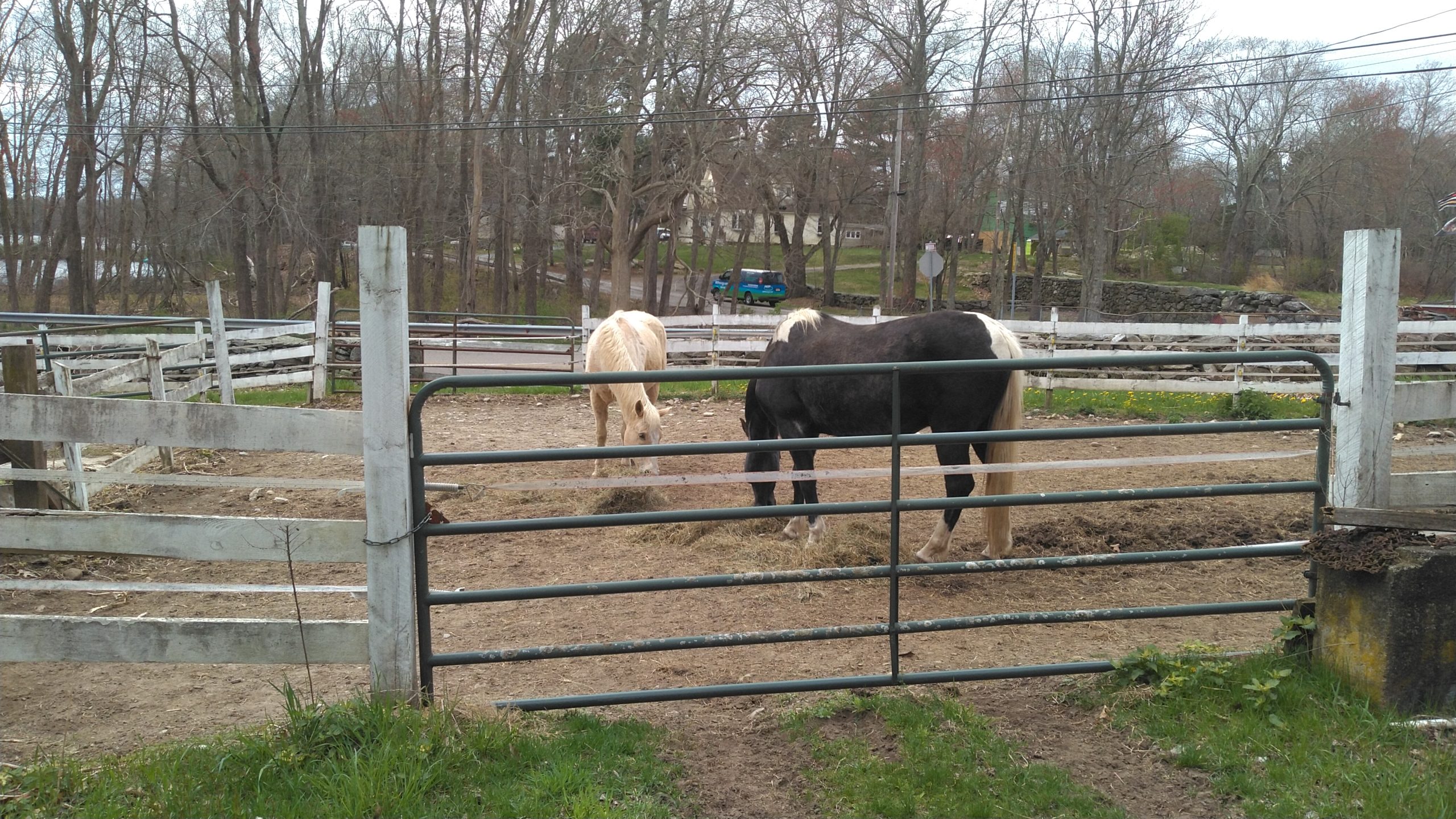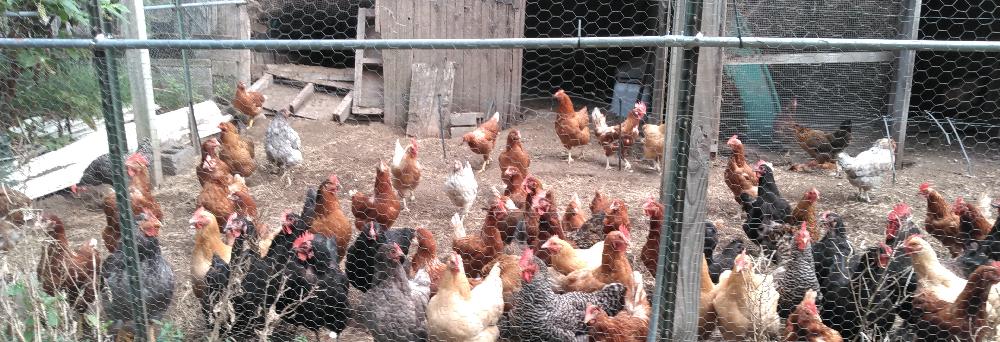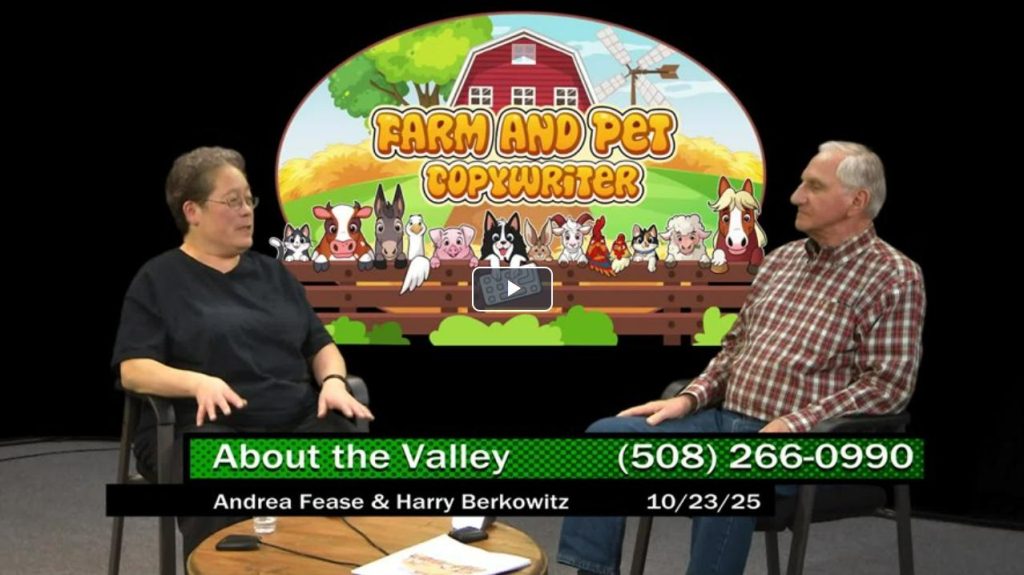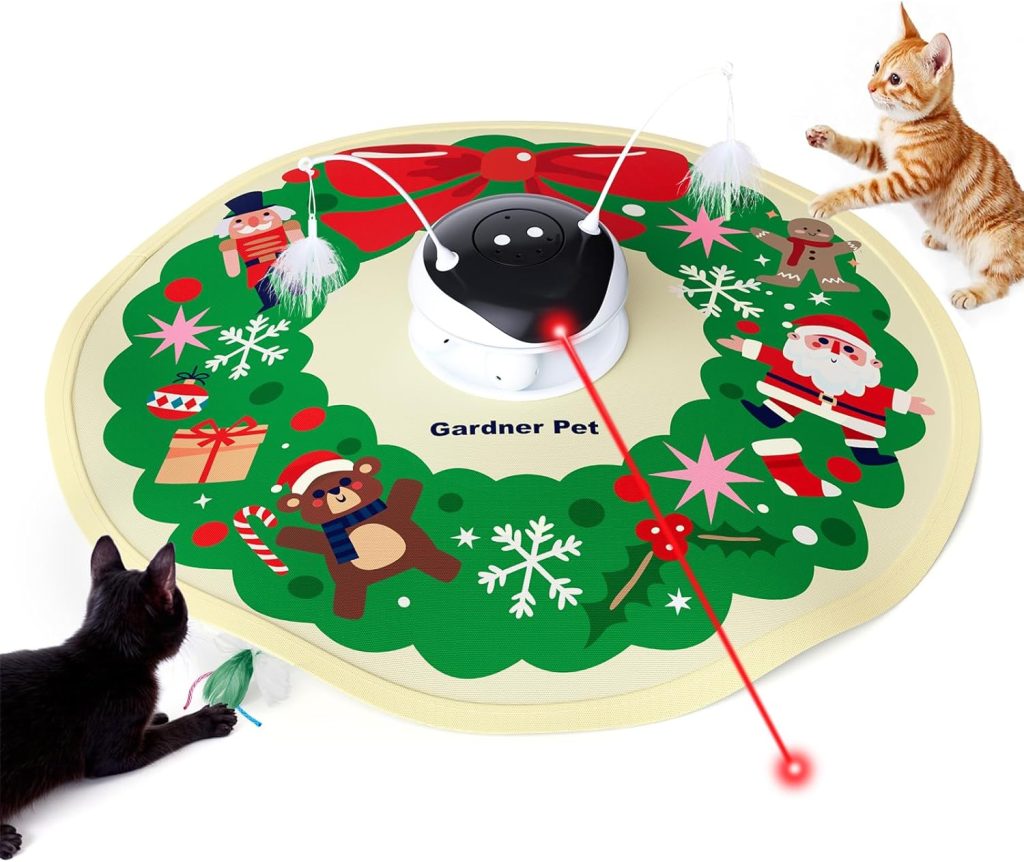
It’s easy to get swept up in the Hollywood dream: horses, goats, cattle, chickens, ducks, and turkeys all basking together in picture-perfect sunshine with not a fence in sight. But real farm life? It’s a touch less glamorous, and a lot more complicated.
There’s magic in the barnyard chorus. But just like a good recipe, the right balance of housing and fencing is the secret to keeping everyone healthy, happy, and safe.
Reality Check: What TV Gets Wrong
On a real homestead, not everyone gets along all the time:
- Horses sometimes pick up smaller barnyard friends by horns or manes. Goats and mini horses especially should watch their step!
- Male ducks can get rough with chickens and other ducks.
- Goats can headbutt anyone (and anything) they fancy, and those rock-hard heads hurt!
- Tight quarters can heighten the drama, so using space wisely is crucial.
Safe Shelter: Barns and Coops for All
Every animal needs a spot to call home: dry, draft-free, and protected from weather, predators, and other trouble.
- Horses and Livestock: Go for wood or metal buildings with loads of ventilation. Horses are prone to dust problems leading to equine asthma. And their hooves are sensitive to black walnut – avoid that wood for building or bedding.
- Poultry: Wood or metal works best, but it’s more about the details: ventilation, tight windows, and hardware cloth for screens. Ordinary chicken wire won’t stop a determined weasel or rodent, and plastic is no match for sharp little teeth.
- Space Matters: Give animals room to stand, turn, and rest without bumping into each other. For instance, horses do best with at least 50 sq ft each in the barn and access to exercise areas. Chickens need 1.5–2 sq ft per bird in a coop and outdoor access whenever possible.
In all instances, over-insulating can actually make barns stuffy and unhealthy, sealing in dust, humidity, and ammonia.

Fencing Finesse: Keeping Peace In and Predators Out
A good fence isn’t just decoration, it’s security and sanity all rolled into one.
- Horses & Livestock: Sturdy wood, coated vinyl, and electric fencing work best. Absolutely no barbed wire. It causes serious injuries.
- Poultry: Hardware cloth is the gold standard. Chicken wire won’t keep predators out. Electric fencing helps keep unwanted visitors at bay, but isn’t a substitute for a strong enclosure.
- Design: Attach fenced yards directly to housing, so doors can be swung open for sunshine and fresh air. There’s less likelihood of “escapes” if you don’t have to move animals by hand from their housing to their yards.
Always check for chewing and digging – predators know how to find dinner if you give them a chance.
Mixing Species: When Harmony Needs Boundaries
It’s tempting to mix and match critters, but thoughtful separation is key:
- Chickens & Turkeys: While they can live together, they are better kept apart. Chickens can carry blackhead disease, lethal for turkeys, while turkeys can pass other diseases to chickens.
- Ducks & Waterfowl: These do best with their own kind as they love water and throw it everywhere. They empty waterers on the floor with ease, making them too messy to mix with other poultry. They are also anatomically different than chickens, and can kill hens unintentionally.
- Feed Safety: Horse feed contains copper. Goats, and especially sheep, can’t eat food with copper. Goats, especially wethered males, cannot have grain, so they shouldn’t be exposed to chicken feed.
- Supervision: Space and supervision keep squabbles at bay.

Vigilance: Outsmarting Predators
Every farmer knows: if you blink, you lose a bird. Hawks, coyotes, even ambitious rats see farmyards as an all-day buffet.
- Windows, doors, and fencing should be “Fort Knox” tight. Hardware cloth, buried fencing skirts, and regular checks keep trouble out.
- Outdoor yards for poultry should have protective cover as well so that hawks and other critter can’t get in from above.
- Set up motion lights or predator deterrents around poultry yards.
- Clean up feed spills quickly and never leave eggs or carcasses out overnight.
Like all things on the farm, housing and fencing are never “set and forget”. They’re as much an art as a science, and require constant maintenance.
Pay attention to the habits and quirks of each barnyard resident. Give them room to roam, a dry bed, plenty of clean food and water, and sturdy boundaries, and the chorus will sing on – no Hollywood script required!


My 15 Minutes of Fame… Plus a Few More!
Remember those introductions on the first day of school, where you had to reveal something about yourself? I found myself in a similar spotlight recently, not in a classroom, but behind a microphone and a camera!
I had the pleasure of sharing a slice of our farm life, and my passion for words, on our local radio and TV stations. We talked about the animals, our farm, and how Farm and Pet Copywriter was born from a true love for rural life and storytelling.
If you’re curious about the voices and stories shaping our lives, or if you’re looking for someone who speaks your language to help share your business with the world, click the images above to listen in. For the radio show, please select October 31, 2025 after clicking on the image.
I’d love to connect and help your farm or pet business grow with the power of words, please contact me here!
.
The Perfect Interactive Toy for Your Cat – Just in Time for Christmas!

Looking for a special interactive toy for your cat, but can’t choose? Now you don’t have to!
The Gardner Pet Christmas Cat Laser Toy has it all:
- Track balls
- Feather toys
- Lasers
- A “creature” that plays hide and seek under the mat
- Realistic bird chirping sounds
And the best part – multiple cats can play at the same time! So no one is left out in the cold while the Big Boy (or Girl) hogs all the fun!
It also comes in “Modern” and “Purple” (Halloween) editions.
Click here to check it out!
Click to Read Previous Issues of This Newsletter
.
Click to Subscribe to This NewsletterYou can also subscribe by clicking on the “Subscribe” button on the top left of previous newsletters.
Interested in other newsletters?
Love what you read or want to help keep the lights on?
Click to Make a Voluntary DonationThis post contains affiliate links, which means I may earn a commission
if you click through and make a purchase through these links.
This post is intended for informational purposes only. All information provided does not constitute veterinary medical advice and should not be used as a replacement for professional veterinary consultation. I am not a veterinarian or any other medical professional. Please consult your veterinarian regarding any change in treatment or supplementation for your companion animal.
.
